Headphone impedance: what is it and what does it affect?
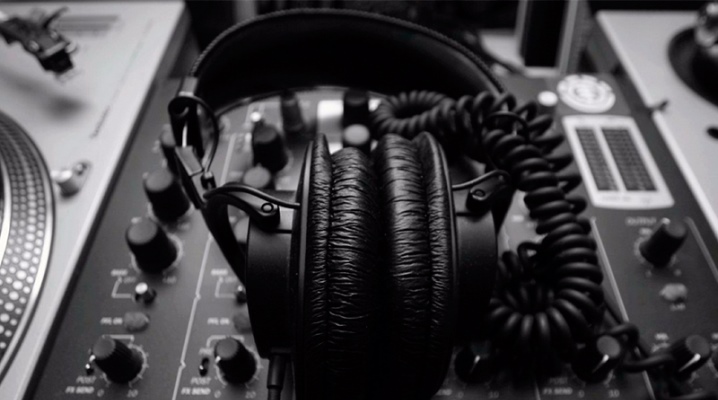
It is difficult today to find a person who does not use acoustic accessories. Especially now, when you just need to use your smartphone to listen to quality music. But few people understand the abundance of technical indicators prescribed on the packaging and in the passport of the device. And even more so, not everyone understands what the electrical impedance of headphones is, how and what it affects.
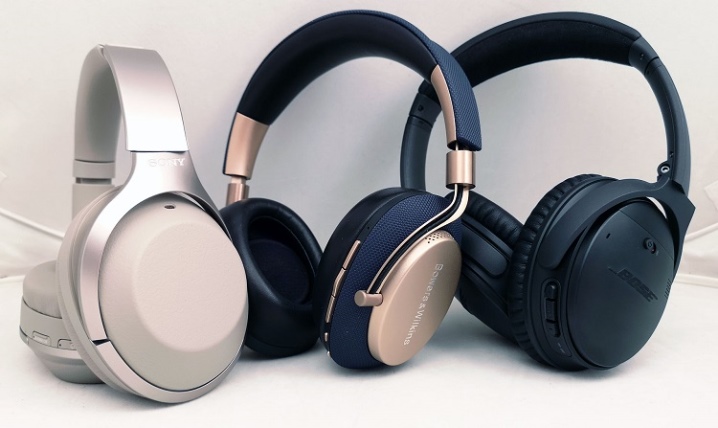
What it is?
In this case, we are talking about electrical impedance. From the Latin language, the name of this phenomenon is translated as "to hinder". In simple words, it means a combination of active and reactive (or reactance) resistances, the level of sensitivity of the headphones depends on it... It is measured in units of ohms (in the international system of units it is designated as Ω), named after the scientist Georg Simon Ohm. In accordance with the law established by him, the same audio accessories on completely different equipment can produce sound of different volume and quality.
Moreover, the packaging does not indicate the average resistance indicator, but only its active component. This means that in reality, deviations with the declared parameters are considered normal.
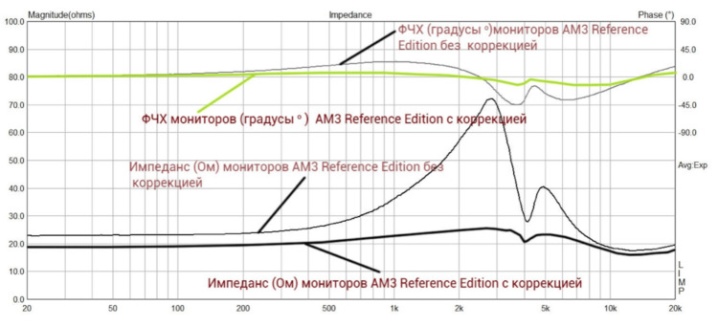
What does resistance affect?
The impedance of acoustic devices affects a number of these parameters.
- Sensitivity. This parameter determines the highest volume level when a unit of power (1mW) is applied until distortion occurs. Low impedance gives high sensitivity and vice versa.
- Duration of work. The power consumption also depends on the resistance value. For example, for a smartphone, the optimal resistance value is 32 ohms. If we take the level of 22 Ohm, then the phone's battery will be spent on sound (playing files) - the charge will end faster. That is, the higher the resistance, the longer the energy will last.
- Sound quality. This indicator is responsible for definitions such as volume, transparency, brightness, coldness, naturalness, etc.
- Frequency response (frequency response or frequency response of the system) of acoustic devices.
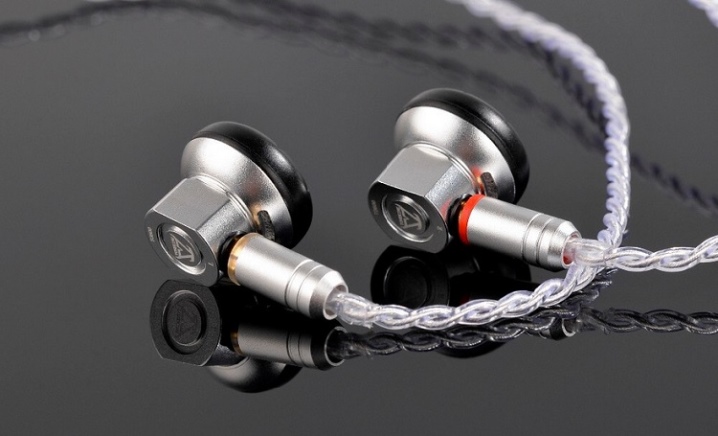
Indicators of different types of headphones
The range of impedance values for products varies from 8 to 600 ohms. And the most common headphones have an impedance of 16 to 32 ohms. There are also models of acoustic devices with an indicator of 64 ohms. Audio accessories are:
- high resistance;
- low resistance.
Their values depend on how the headphones work. For example, devices with a small in-ear speaker below 32 ohms are considered low impedance. And with an indicator over 32 ohms, it is considered high resistance. Whereas full-size and overhead "ears" with a low indicator have a resistance of up to 100 ohms. And devices with a high parameter are characterized by an impedance of over 100 ohms. How exactly the signal frequency reacts to the resistance level in different devices is clearly shown by the impedance curve. This is a graph of the change in this value, depending on the mode of operation.
Its essence is to reveal the effect of resistance on amplitude and nonlinear distortions during sound reproduction.

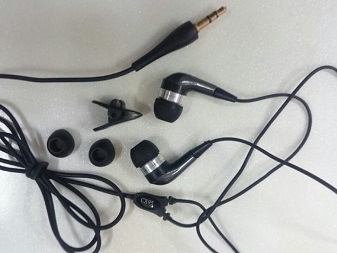
In-channel
For wired and wireless audio accessories such as traditional earbuds or earplugs, the impedance curve is a flat horizontal line. It is characterized by the absence of any significant deviations in the range from 16 to 32 ohms and in the frequency range of sound vibrations audible to the human ear - from 20 Hz to 20 kHz.
Fullsize and overhead
Most headsets of this kind have an uneven curve, which is characterized by a large take-off at low frequencies and little boost at high frequencies. This suggests that sometimes the standard 32 ohm impedance may actually differ from the stated impedance.
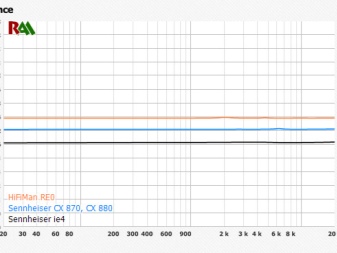
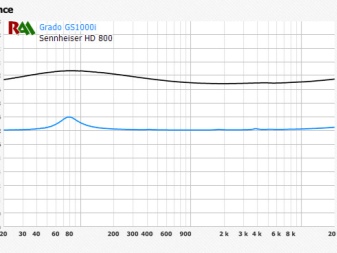
Reinforcing
Balanced armature audio accessories (rebar) are miniature devices. And the sound needs volume, so the lack of space here is compensated by the installation of additional drivers-emitters. Thus, they can be one-, two- and five-driver.
Such acoustic devices have a flat frequency response.
Planar
In isodynamic audio accessories with a planar radiator, the impedance curve is characterized by a straight horizontal line. When choosing such devices, one should remember about their low sensitivity, although deviations are possible at high frequencies.
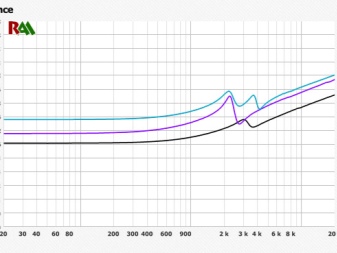
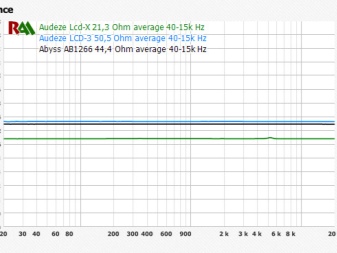
Which one is better to choose?
The impedance value of the headphones depends on what equipment these acoustic devices will work with. For example, audio accessories with a recommended impedance of 120-150 Ohm are suitable for common stationary devices. And for a phone, a tablet and a player, the values \ u200b \ u200bare much smaller, only 16-40 ohms.
For a computer, a music system, full-size high-impedance headphones with an impedance of up to 120 ohms are needed. These are devices with an output voltage of more than 4 V. Such a high value can only be given by stationary devices connected to the mains. Therefore, to connect with them, you should select accessories with the appropriate impedance.
At a high output voltage (more than 200 mV), it is better to choose "ears" with low sensitivity, with a resistance level of 32 Ohm. They use less energy. High impedance audio accessories require a dedicated audio amplifier to function successfully.
Its task is to equalize the amplitude and frequency characteristics. But we cannot talk about unportable equipment.
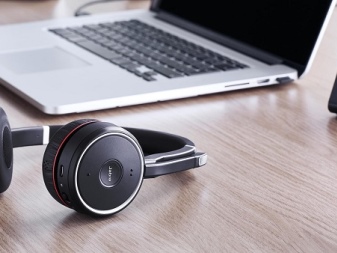
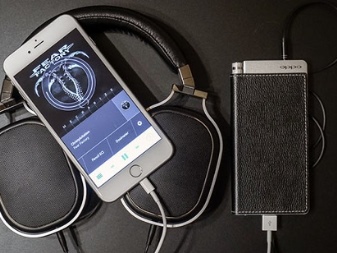
In small devices, the output voltage generally does not exceed 1 V, so the impedance in the headphones should not be high. Otherwise, the sound will become quieter. By the same principle, you can determine what kind of impedance is needed for a smartphone. The 1/8 rule can help you match your audio accessories to the source. It assumes that the impedance level of the source at the output should be 8 times less than the impedance in the headphones. For example 2 ohms to 16 ohms.
But if it is not possible to calculate, the following should be remembered.
- Low-impedance "ears" give more volume, but reduce the battery life of the device. They are suitable for portable devices.
- High-impedance gadgets will sound quieter, but more efficiently consume the battery. They are best used in combination with stationary equipment.
Here it is worth deciding for yourself that your priority is the desire to enjoy sound at high volume or to economize on the charge. To select the right headphones, you need to take into account the highest voltage level on which the output power of the device depends (Ohm's law). That is, with increasing volume, the output voltage will rise, and the current will be consumed depending on the load resistance. According to this formula, you can make a calculation. To find out what impedance is required for a device, you can blindly try to find the optimal value. You just need to listen to the sound at medium parameters and move the Ohm values in the right direction.

Headphone overview
Understanding such a technical indicator as impedance will help to simplify the selection of suitable headphones and enjoy high-quality sound.
- Bowers & wilkins p7.1Are low impedance headphones with a standard audio frequency range. Carefully designed speakers convey every note clearly.According to customer reviews, accessories have only one drawback - a high price. But the high quality of the device corresponds to its cost. These are ideal gadgets for use with the iPhone. Model indicators: Frequency Response - 10 Hz 20 kHz; Impedance - 22 OHM; SPL - 111 dB (+/- 3 dB).
- Focal spirit one - the main competitor of previous accessories. If you have a low power phone, you will need a volume amplifier. In other cases, it fully reveals its potential. It is characterized by natural sounding, good sound insulation and sufficient sensitivity. Compatible with iPods, iPhone. Device characteristics: Frequency Response - 40 Hz 15 kHz; Impedance - 36 OHM; SPL - 116 dB (+/- 3 dB).
- Audio-Technica ATH-CKR10 - acoustic devices with a good range of reproduction and a sufficient level of sound insulation. Despite the category of "earbuds", in some characteristics they are much superior to some models of full-size monitor devices. On a smartphone, it is advisable to listen through an amplifier. Technical characteristics: Frequency Response - 5 Hz 40 kHz; Impedance is 32 OHM; SPL - 102 dB (+/- 3 dB).
- Beyerdynamic DR 990 Pro - high impedance acoustic devices, which are more suitable for professional use. They have excellent clear sound quality. Unfortunately, due to the high impedance value, they are not compatible with unportable equipment, including the iPhone. They require a separate amplifier or audio player with a powerful sound card. Has the following technical indicators: Frequency Response - 5 Hz 35 kHz; Impedance - 250 OHM; SPL - 96 dB (+/- 3 dB).
- Denon AH-D7100 - low-impedance closed-type headphones. A detailed, crisp, transparent sound is delivered from a Samsung phone. In combination with Apple gadgets, it works quite loudly, but for the full disclosure of their capabilities, a high-quality source with an appropriate amplifier is desirable. Model characteristics: Frequency Response - 100 Hz 10 kHz; Impedance - 30 OHM; SPL - 112 dB (+/- 3 dB).
- Final Audio Design Adagio II Indigo - portable in-ear devices with one driver. Lightweight retro accessories are preferred by bass lovers. They have sufficient volume and perfectly convey all the nuances of music in combination with a phone and an iPhone. If a loudness amplifier is required, then it is not needed for loudness, but for obtaining a low level of distortion. Accessories have a resistance of 18 ohms; frequency range: 40 Hz 15 kHz; volume level: 127 dB (+/- 3 dB).
- Ultrasone IQ - in-ear multi-driver hybrid headphones. They use two different types of radiator (dynamic for the low frequency range and armature for the high frequency). They combine the advantages of dynamic and reinforcing acoustic devices. Perfectly compatible with both iPhone and Android. Feature: Frequency Response - 40 Hz 15 kHz; Impedance - 19 OHM; SPL - 129 dB (+/- 3 dB).
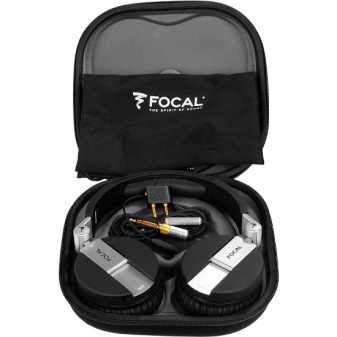
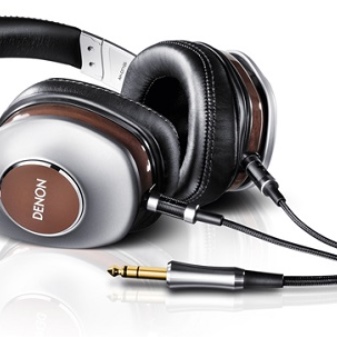
How to choose the right headphones for your player, smartphone or PC, see the next video.













The comment was sent successfully.